After making my ham and cheese bread, I had enough tangzhong mixture left to make another loaf, so I decided to try making pandan bread.
Pandan is a common flavor used in Filipino, Vietnamese, Malaysian and Thai cuisine. You can make a pandan extract or paste with fresh pandan leaves, but I’ve never done this. Instead, I’ve always used a pandan paste, which can be found at the grocery store.
I’ve always found it hard to describe the taste of pandan, but I really love it. And I like the pretty green (though there is food coloring added to the pandan paste to make it look like the colors of pandan leaves).
The bread came out nice and fluffy. I was a little worried after my disaster trying to create a purple sweet potato bread. The pandan taste ended up being pretty mild though even though I thought I used a tad too much extract.
I am submitting this recipe to Yeastspotting.
All of the instructions for making pandan bread are in the printable recipe card below, but it’s helpful to see how you should work the dough to get the best results so here are some tips and step-by-step photos:
Tips for Making Pandan Bread
- Before you make the dough you will need to make tangzhong, which is a flour and water mixture that is cooked to a certain temperature. This mixture is what gives the bread its soft and fluffy interior and it must be made ahead of time so it has time to cool.
- One of the tricky parts in making a yeast bread is knowing how long to knead it. For this type of bread, I use my stand mixer fitted with a dough hook and knead it for about 18-20 minutes. You will know the dough is ready when it is smooth, not too sticky, and elastic. To be sure, test the bread’s elasticity by stretching it (this is called the “window pane” test). You should be able to stretch it very thin to the point you can almost see through it. At this point, keep stretching it until it breaks and when it does, the hole should form a perfect circle.
- Yeast bread needs time to rise and for this pandan bread you will need to proof the dough twice (as well as some time for the dough to rest) – after you’ve kneaded the dough and a second time after you’ve formed the dough rolls, so plan ahead to allow enough time.
How to Make the Pandan Bread Dough Rolls
Step 1: Once the dough has risen, divide the dough into four equal parts and form them into balls. They need to rest for 15 minutes.
Step 2: After they’ve rested, start by rolling each dough ball into an oval shape.
Step 3: Fold one end of the dough to the middle of the oval.
Step 4: Fold the other end to meet it in the middle with it slightly overlapping the other end.
I like to brush the dough with an egg wash before I bake it so it has a nice shiny exterior. I hope you enjoy this pandan bread!
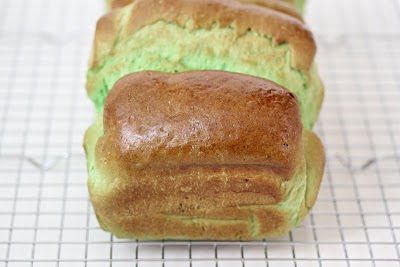
Pandan Bread
Ingredients
- 2½ cups bread flour
- 1/2 tsp salt
- 3 tbsp + 2 tsp sugar
- 2 tsp instant yeast
- ½ cup milk
- 2 large eggs divided
- 120 gm tangzhong (see note)
- 2 tsp pandan paste
- 3 tbsp unsalted butter cut into small pieces and softened to room temperature
- 2 teaspoons oil
Instructions
- In a stand mixer fitted with the paddle, combine the flour, salt, sugar, and instant yeast. Make a well in the center of the dry ingredients. Place the milk, one egg, tangzhong, and pandan paste in the well. Switch to the dough hook attachment and mix the ingredients together on medium speed just until the dough comes together. Add the butter and continue mixing on medium speed for 18 to 20 minutes or until the dough smooth and elastic. It should not be too sticky at this point. You can test the dough by stretching a small piece. You should be able to stretch it very thin without it breaking.
- Shape the dough into a ball shape. Coat the inside of a bowl with oil and place the dough in it. Cover the bowl with a damp towel until the dough has doubled in size, about 40 minutes.
- Transfer the dough to a clean work surface and divide it into four equal parts. Form each part into a ball and cover them with plastic wrap. Rest the dough balls for 15 minutes.
- Roll each dough ball into an oval shape. Fold each end of the oval into the middle of the dough with one end slightly overlapping the other. Turn the dough over and flatten it with a rolling pin. Turn the dough again so the folds face up. Roll the dough into a log. Repeat with the rest of the dough balls.
- Place the rolls in a bread pan and cover it with plastic wrap for 40 minutes, or until they have doubled in size. At this point preheat the oven to 350°F (175°C). In a small bowl, beat one egg with a tablespoon of water. Brush the top of the bread with the egg wash. Bake the bread for approximately 30 minutes.
Notes
Nutrition
The nutrition information provided are only estimates based on an online nutritional calculator. I am not a certified nutritionist. Please consult a professional nutritionist or doctor for accurate information and any dietary restrictions and concerns you may have.



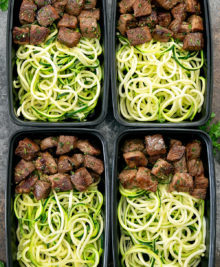

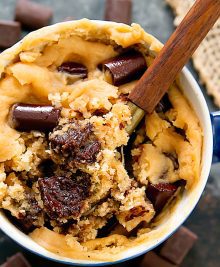
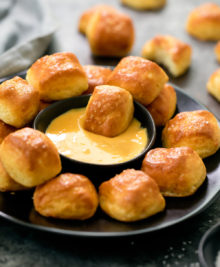
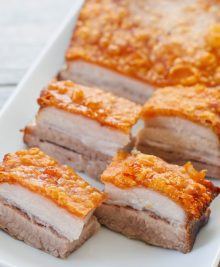
I just made this today with home made pandan leave paste but the bread doesn’t turn out green in colour. Anyway, the texture was very soft though..will definitely make this again…
The pandan paste I use has green good coloring in it. I think if you use fresh pandan leaves, you need to add a little green food coloring to get it to be green. Glad it tastes good though!
How do I make pandan paste from pandan leave?
I’ve never made it fresh from pandan leaves as they are not readily available near me. Sorry
I’ve been looking for an easy bread recipe for my leftover pandan leaves. This sound perfect. Thank you.
I’ve had such a hard time finding pandan leaves! I always end up using extract, though the real thing is so much better.